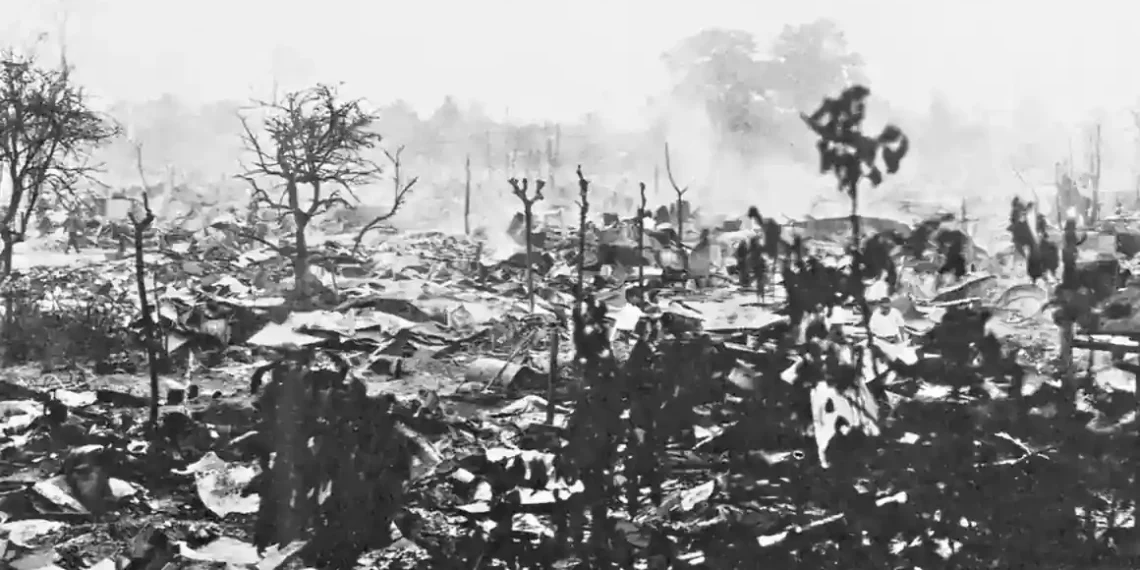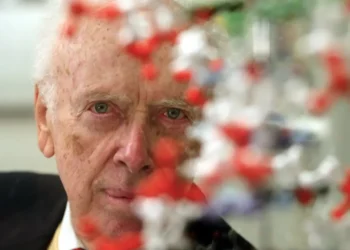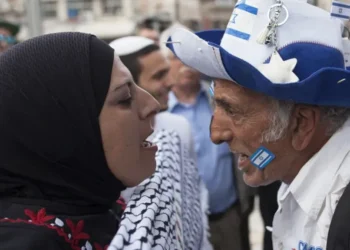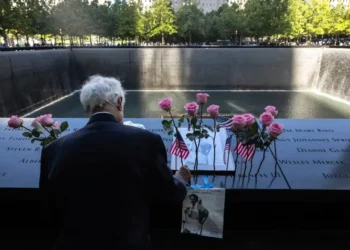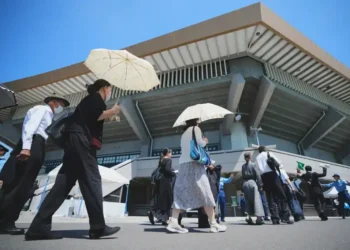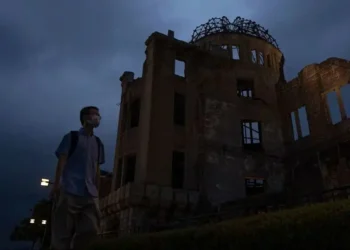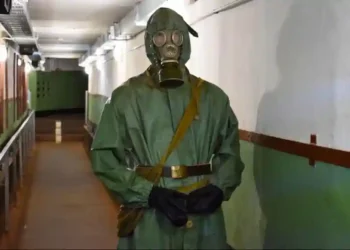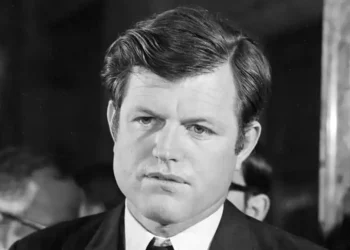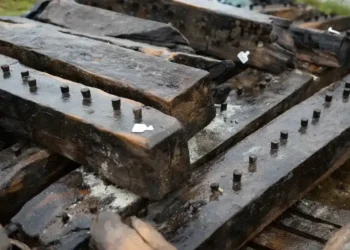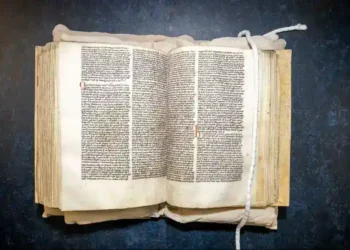‘Utterly Foolish’: The Last Firebombing of Japan, Hours Before WWII Ended
Less than 12 hours before Emperor Hirohito’s voice announced Japan’s surrender on August 15, 1945, nearly 90 American B-29 bombers launched the final firebombing mission of World War II, targeting the small city of Kumagaya. The air raid, fueled by approximately 6,000 tons of napalm, left 260 people dead, 3,000 injured, and nearly three-quarters of the city in ruins.
A City Engulfed in Fire
On that devastating night, Kumagaya—a city of around 47,000 people at the time—was consumed by firestorms with temperatures reaching up to 1,200°C. The destruction came just hours before peace was officially declared.
Residents recall flames lighting up the night like daytime, bombs falling like rain, and survivors crying in anguish as they navigated the rubble at dawn.
The Mission and Its Controversy
The U.S. military justified the attack by identifying Kumagaya’s rail yard and manufacturing facilities as strategic targets. Aircrews were briefed that the raid could be the war’s final blow.
But uncertainty surrounded the operation. Crews were told to listen for a code word—“Utah”—that would signal Japan’s surrender. That message never came in time.
Homer Bigart, a New York Herald Tribune reporter aboard one of the bombers, described Kumagaya as a “pathetically small city” and questioned the necessity of the mission.
Voices of Survival
Kazue Hojo, then seven years old, fled the fire with her family. Her mother and baby brother were both severely wounded by shrapnel and fire. Now 87, Hojo says the memories still haunt her.
“If the war had ended just one day earlier,” she said, “Kumagaya’s tragedy could have been avoided.”
Kazumi Yoneda, born on the day of the bombing, later published a book of poems titled The Day I Was Born. Her work captures the trauma passed down from her mother, who gave birth as fire consumed their home.
A Sacred Statue, a Father’s Legacy
At Sekijoji Temple in Kumagaya, a fire-scarred wooden statue of revered Buddhist monk Kobodaishi survived the attack. The temple’s head priest, Tetsuya Okayasu, shared how his father rescued it from the flames.
His father’s final wishes were clear: never repair the statue, and never show it to the public. For decades, Okayasu honored both. But eventually, he allowed it to be displayed at the Saitama Peace Museum to educate younger generations about the cost of war.
The Stream That Became a Grave
A small stream running through the city served as a last refuge for those fleeing the fire. Many died as nearby buildings collapsed into the water. Today, a statue stands at the site to honor the victims.
Susumu Fujino, who was just three at the time, still bears a shoulder scar from shrapnel. Now 83, he tends a peace garden near the stream, growing flowers like the rare Kumagaiso orchid—nearly lost in the bombing.
“These flowers are my way of preserving peace,” he said.
Understanding the Motive—and the Morality
The raid on Kumagaya was part of Gen. Curtis LeMay’s campaign to destroy Japanese cities using low-altitude, nighttime incendiary bombings. Tokyo had already seen 100,000 deaths from one such raid in March 1945—more than either Hiroshima or Nagasaki.
Robert McNamara, who later became U.S. Secretary of Defense, called the firebombing strategy morally complex, reflecting on it in The Fog of War documentary. “If we’d lost the war,” he quoted LeMay as saying, “we’d all have been prosecuted as war criminals.”
No Hatred, Only History
Despite the devastation, Kumagaya residents harbor little resentment toward the United States.
“The city was chosen by chance,” said Norihiro Ooi, a local historian. “Any other city could have been last.”
Poet Yoneda reflected on Japan’s own war crimes, particularly the 1937 Nanjing Massacre. “We must recognize the harm Japan also caused,” she said.
Hojo added, “Even those who dropped the bombs must have carried their own burdens.”
One such bomber pilot, Vivian Lock, later wrote to a survivor expressing deep regret. “We hoped every moment we’d hear the war was over,” he wrote.
Preserving Memory, Promoting Peace
Today, Kumagaya stands as a vibrant city of nearly 200,000 people, known more for setting heat records than for its wartime past. Yet efforts continue to preserve its history.
From August 13–18, a peace exhibition, The Last Air Raid on Kumagaya, will be held at the Yagihashi Department Store. Yoneda will share her poetry, ensuring new generations never forget what happened here.
For those visiting Tokyo, Kumagaya makes a meaningful day trip. Sites like Sekijoji Temple, the Peace Statue by the stream, and the city library’s second-floor museum offer quiet but powerful reminders of war’s cost—and the enduring value of peace.
This article was rewritten by JournosNews.com based on verified reporting from trusted sources. The content has been independently reviewed, fact-checked, and edited for accuracy, neutrality, tone, and global readability in accordance with Google News and AdSense standards.
All opinions, quotes, or statements from contributors, experts, or sourced organizations do not necessarily reflect the views of JournosNews.com. JournosNews.com maintains full editorial independence from any external funders, sponsors, or organizations.
Stay informed with JournosNews.com — your trusted source for verified global reporting and in-depth analysis. Follow us on Google News, BlueSky, and X for real-time updates.
